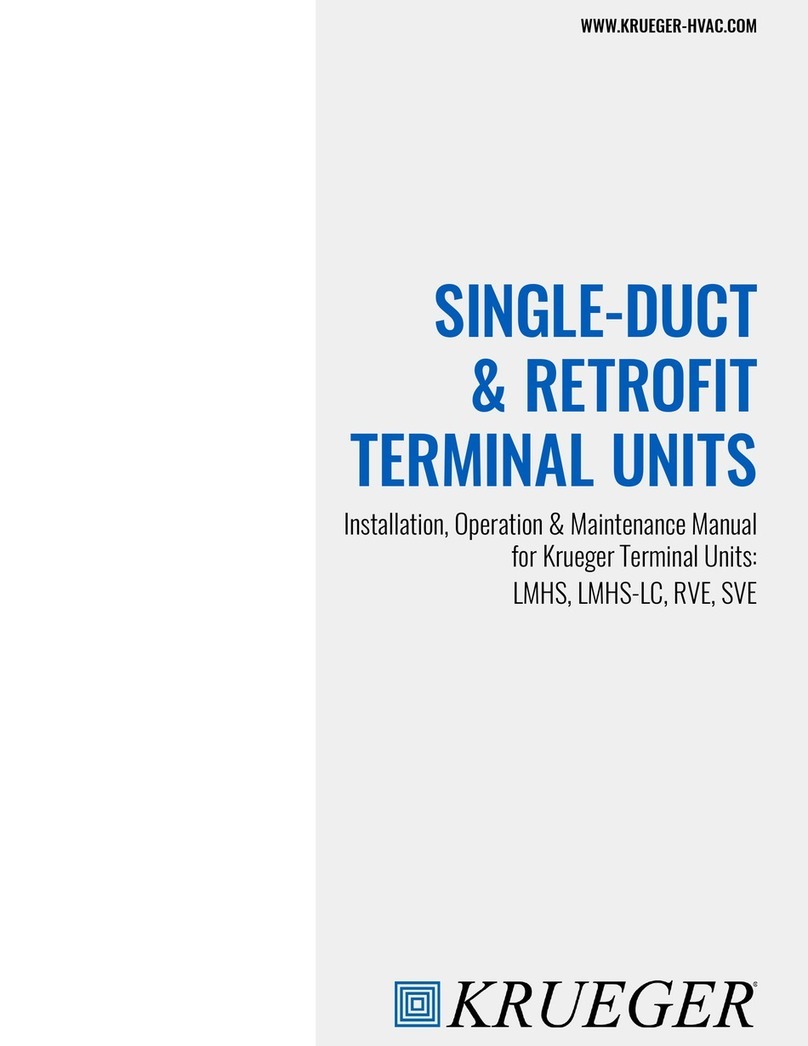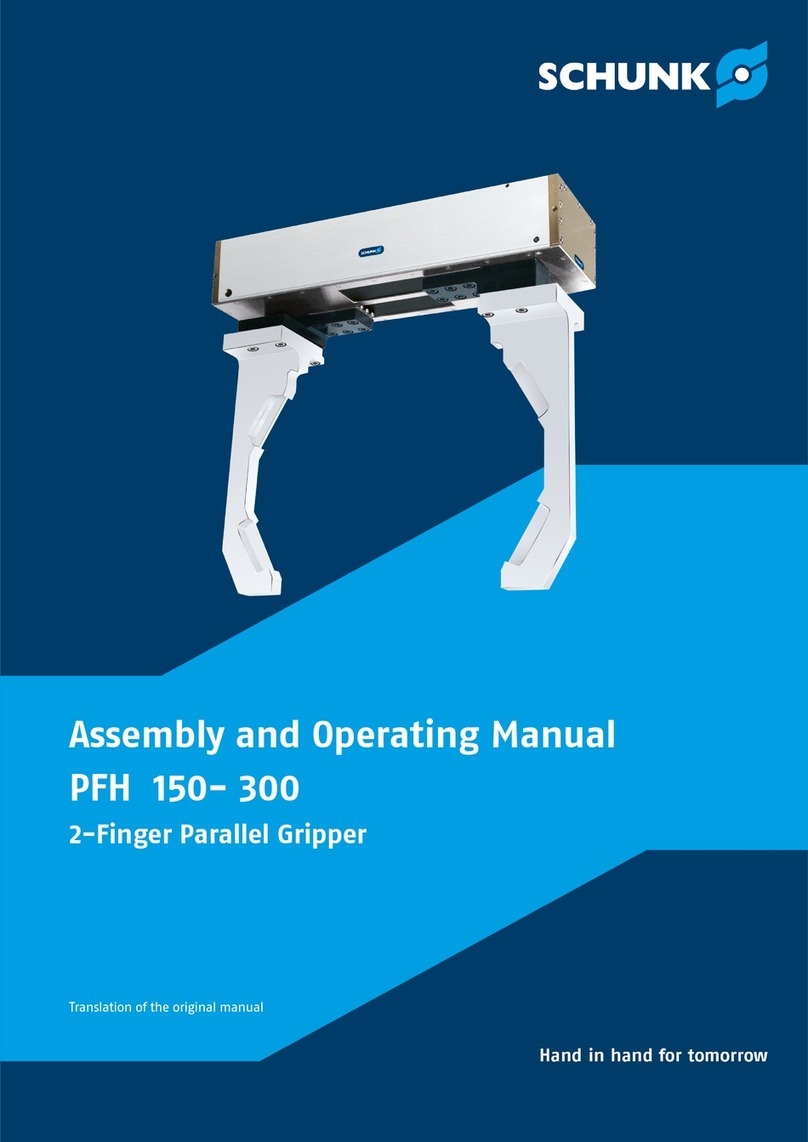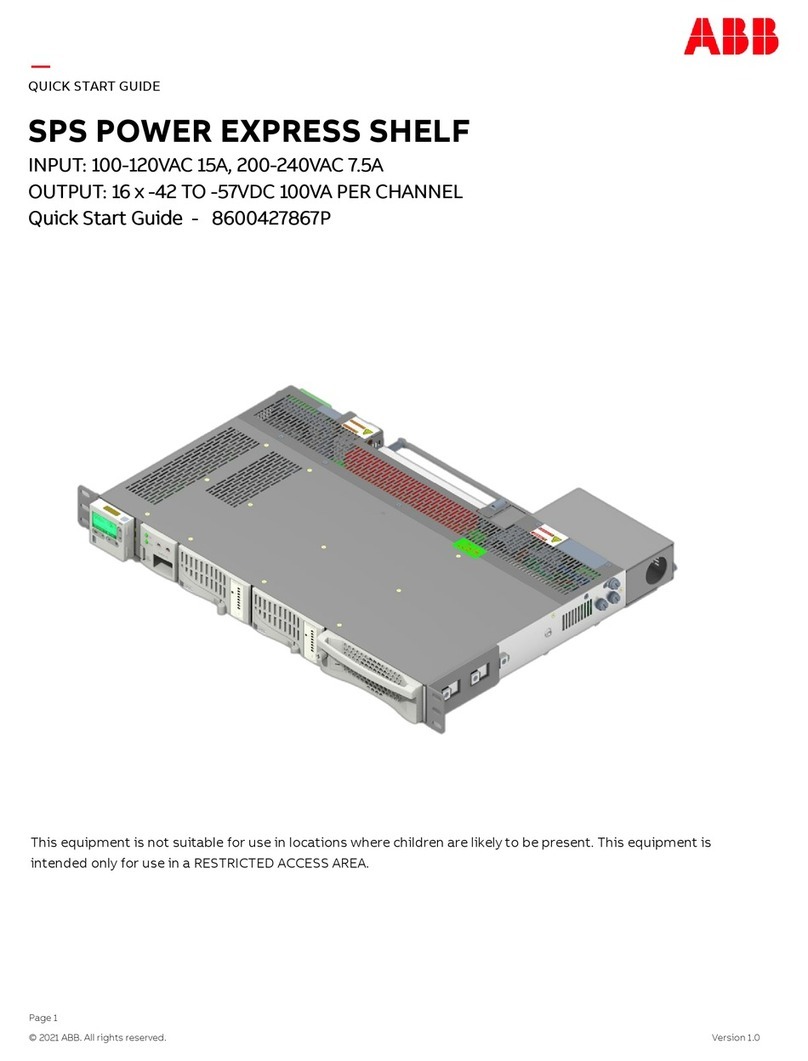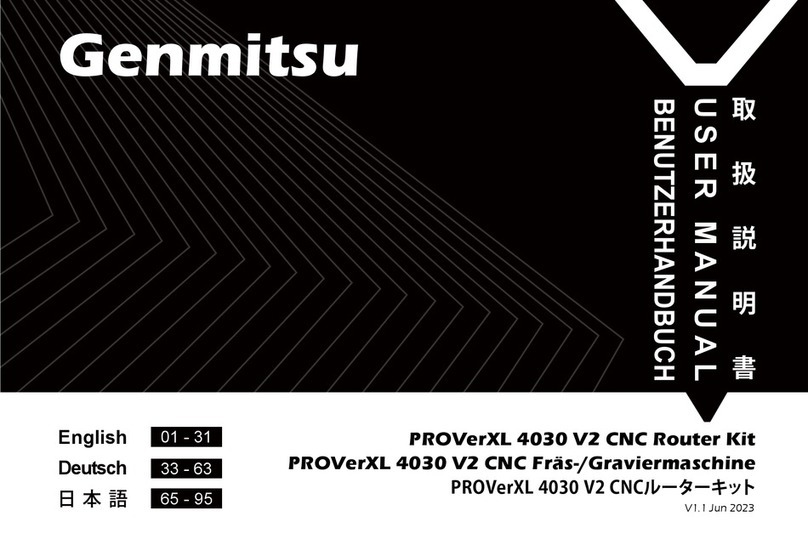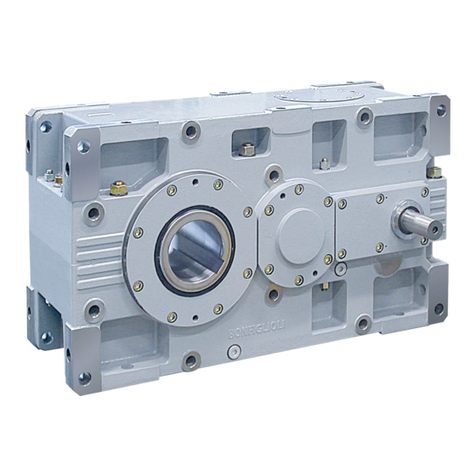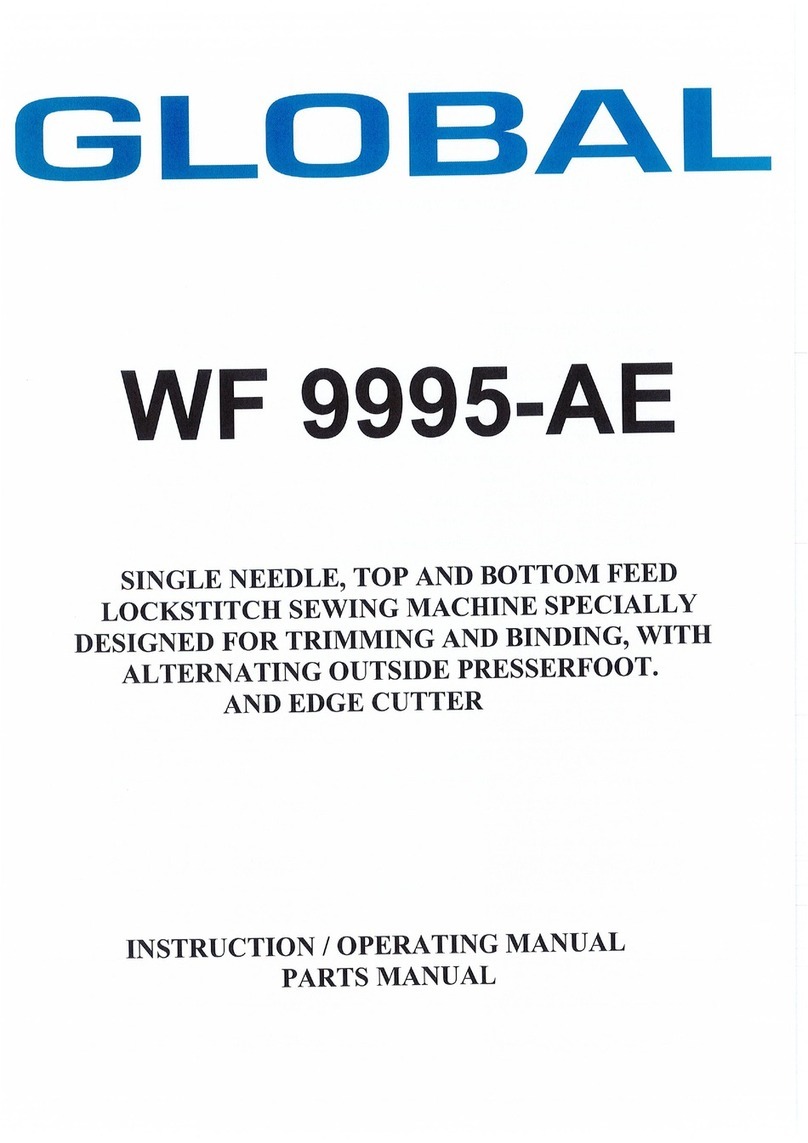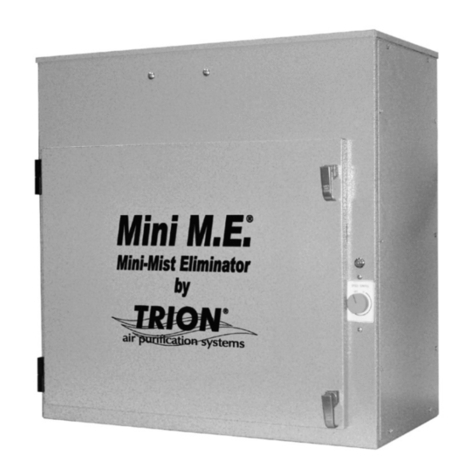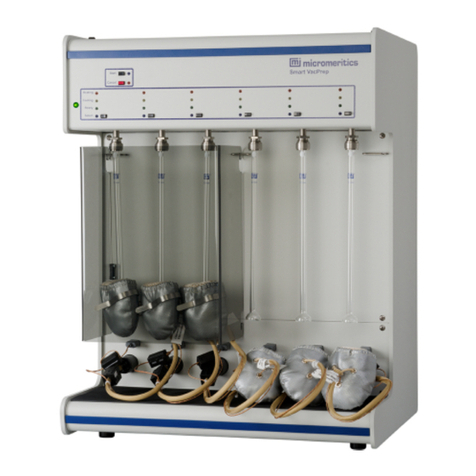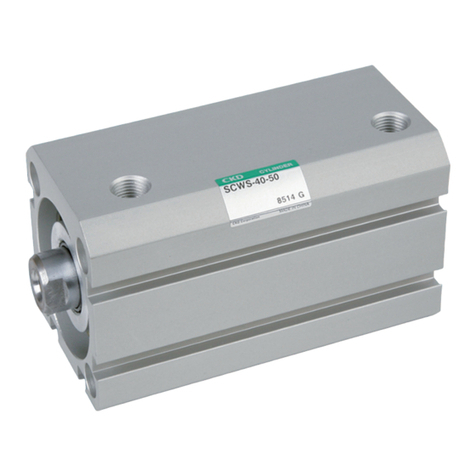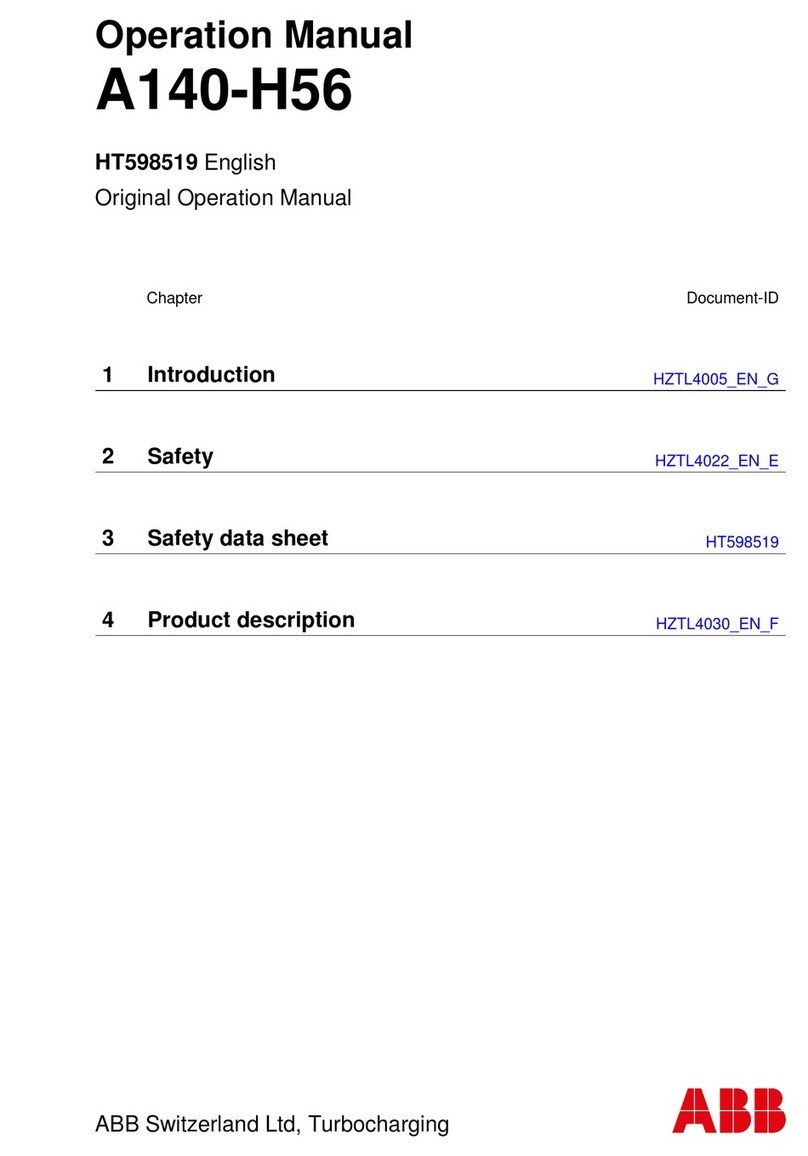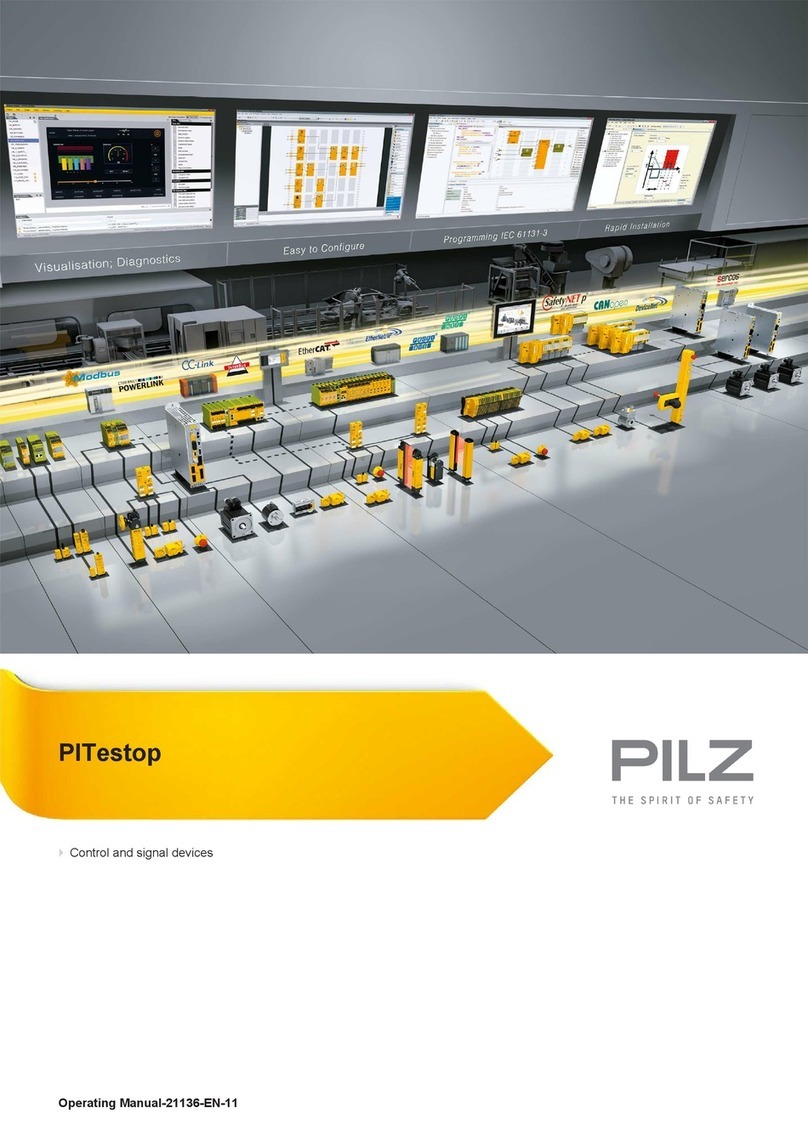BRAHMA MF2 User manual

MF2 CONTROL BOX
CONTROL BOX FOR FORCED DRAUGHT
BURNERS FOR GAS AND OIL FUEL
DESCRIPTION
The MF2 control boxis suitable for draught burners for gas
and oil fuel, for civil and industrial applications,with two
flame levels. This control can alternatively employ as
detection flame sensor both aprobe, which makes use of
the rectification property of the flame (ionization),and aUV
phototube.
According toTÜV Bayern, Monaco, the control is in
compliance with the German regulation DIN 4788, part 3,
for power up to 350KW. It also obtained the DIN-DVGW
89.09fBN approval, nowexpired and notrenewable.
The “Laboratorio di Macchine eTermotecnica del Centro
Studi ed Esperienze” in Rome - Capannelle tested the MF2
control for power up to2332KW,which obtained the
certification n°3704/187/77/21 and the approval of the
Ministry of the Interior for fire prevention (circulars n°68 and
n°42).
TECHNICAL DATA:
Supplyvoltage: 220V (-15%+10%)
50Hz (±5%)
on request: 110V
Operating temperature range: -10°C +60°C
Protection degree: IP40
Starting power consumption: 9 VA
Operating power consumption: 3,5 VA
Contact rating I max
- burnermotor: 4 A
- valves (EV1, EV2): 2 A
- ignition transformer: 2 A
- alarm: 1 A
- regulators (T, PA, PG): 6 A
Times:
- prepurge time (TV): 30 s
-safety time (TS): 3 s
- drop out time on running flame failure: <1 s
-delay between EV1 - EV2: 30 s
-postpurge time: 5 s
Flame control
- minimum ionization current: 0,5 µA
- recommended ionization current: 7 µA
- minimum insulation resistance of cable and
flame detector device to earth: > 50 MΩ
- voltage on the detection probe: 350 V
- recommended operating voltage with phototube: >15µA
Weight including socket: 600 g
CONSTRUCTION
The componentsof the control are fixed on aframe made
of pressed thermohardening material,with high dielectric
resistance. The enclosure protects the control from
mechanical damages, dust and dirtcoming from the
outside during the installation.
Flexible unipolar conductors of different sizes connect the
components of the control,except for the flame detection
and prepurge control circuit,which is mounted on aprinted
circuit.
4015_r00 1/4

OVERALL DIMENSIONS
The main overall dimensions of the control boxinclusive of
connecting sockets are shown in Fig.1.
Fig.1
ACCESSORIES
The control is supplied with inbuiltresetbutton and lockout
signal.
It can be fitted with UV phototube sensors (see Fig.2) and
with kanthal flame detector probes in different executions
(see, for instance, Fig. 3).
Fig.2
CONNECTION
As regards the interconnection system of this control,
several solutions arepossible and different types of
connecting sockets can be employed (see Fig.4 and Fig.5).
Socket NE differsfrom socketsDand Efor its dimensions
and the greater number of terminals connecting neutral and
earth.
Sockets D - E
Fig.4
Socket NE
Fig.5
h: Dimensions depending on the type
95 with socket D
99 with socket E
98.3 with socket NE
of socket:
Drilling plane UV1
22.5
18.5 18.5
37
Drilling plane UV2
17 17
34
17.5
M4 fixing screws
M4 fixing screws
(*) The dimensionsdiffer depending on
the type of socket: 5with socket D
9 withsocketE
2/4 4015_r00
Fig.3

DIRECTIONS FOR THE INSTALLATION
− Automatic controls aresafety devices and must not be
opened. The manufacturer’s responsibility and
guarantee are invalidated if the control is opened.
− For technical and safety reasons aregulation shutdown
mustoccur every 24 hours.
− The control can be mounted in any position.
− Live and neutral should be connected correctly; a
mistake could cause a dangerous situation.
− Make sure that the discharge of the ignition transformer
does not hit the detection probe.
− The earth terminal of the control, the metal frame of the
burner, the earth of the ignition transformerand the
earth of the main supply must be well connected.
− The connecting wire of the detection probe must notbe
longerthan 20 meters.
− Avoid putting the detection cable close to power or
ignition cables.
− Use aheat resistant cable and detection probe, well
insulated to the ground and protected from possible
moisture (or water in general).
− Always check the control before the first startand also
after any replacing or afteralong period of non-
operation of the system.
− In particular make sure that:
− The connections arecorresponding to the above
scheme.
− The intervention of limitersor dafety devices
causes asafety shutdownaccording to the
application.
− The level of the flame signal is sufficient.
− Ashort circuit between detection probe and burner
casing does not cause any flame simulation.
− In running stateadetection probe leakage to earth
causes the lockout ofthe control.
TIMERS
The safety time is obtained by an electronic circuit which
makes the TS vary of not more than 4% with voltage (-15%
+10%) and temperature (-10 +60°C) variations.
The prepurge time is given by acompensated thermic
timer. This timer, combined with the corresponding
electronic circuit, allowsaminimum prepurge time of 30
seconds, even in case of voltage variations (-15 +10%),
ambient temperature variations (-10 +60°C), interruption of
the current supply for any time, or frequent and repeated
startsof the unit. A further timer causes alockout after a
postpurge time ofabout 5 seconds.
OPERATING CYCLE
When thermostats and gas pressure switch are closed, the
control boxsupplies the burner motor and the TP timer(in
series with BF and the BRA relay supply module). During
this first period (TP heating) the BF checks its ownstate
and itssupply network; aflame simulation in this phase
causes the interruption of the TP heating and the lockout of
the device within 5seconds. If it works properly, the TP
heating causes the switching of 2TP (after about 15
seconds) and 1TP (after about 30 seconds) in succession.
The commutation of1TP stops the supply to TP, BF and
BRA, starting in this way the second stage (TP cooling):
The delay in the deenergization ofBRA enables the BRB
relay to be supplied (through 1TP and 1A contacts) and to
restrain through 1B and PA.
If the PA contact is open (air flowfailure), the
deenergization ofthe BRArelay is followed by the
deenergization of the BRB relay, therefore the device does
not continue itscycle, but remains in the prepurge stage. If
it works properly (PA closed),the energization of the BRB
relay is followed by the supply of the BRC relay: this stage,
with the cooling of TP, allowsaminimum prepurge of 30
seconds.
The interruption ofthe electrical supply, or the temporary
opening of the air pressure switch, cause the repetition of
the whole starting cycle. In case of regular operation, the
TP cooling brings 1TP back to the starting position, and
with the BRB and BRC relay contactsin operating state,
the ignition stage begins, with the contemporary supply of
the BF thermal, of the ignition transformer and of the EV1
valve.
The ignition transformer and the EV1 valve are only
supplied during the safety time, which is determined by the
deenergization of BRC, taking place after 2seconds; if the
burnerstarts operating within this delay, the BRF flame
relay contacts(1RF and 2RF) are switched, stopping the
supply to the BFlockoutthermal and keeping the EV1
valve energized. The operating cycle is completed with the
EV2 valve control, provided after about 30 seconds by 2TP
going back to the starting position.
Flame failure prevents the commutation of 1RF and 2RF,
therefore at the end of the safety time only the BF lockout
thermal is still supplied, causing alockout after 3seconds.
If the flame extinguishes in normal running state, the
control closes both valves in less than 1second and
performs alockout after apostpurge time of about 5
seconds.
Abnormal operation:
− Air flowat start
The control performs a lockoutwithin 5 seconds.
− Air flowfailure at start
If the pressure switch is not commuted within 20
seconds, the prepurge stage continues.
− Air flowfailure in running position
If the pressureswitch contact opens, the device begins
the prepurge stage, which continues until the pressure
switch contact is open.
− Parasitic flame
The presence of aparasitic signal flame at start, or a
fault in the flame detection circuit leading to the same
condition, cause a lockout within 5 seconds.
CAUTION: If for any reason the burner system is not
equipped with air pressureswitch, terminals n.4-6 must be
short-circuited instead of n.4-1. If terminals n.4-1 were
short-circuited, the control boxwould always perform a
lockoutbecause of a stuck-contactsimulation.
RESET OF THE CONTROL
To reset the control after alockout, act on the button after
waiting for the restoration ofthe lockout thermal, which
normally takes about 20 seconds.
ELECTRICAL SCHEME
BF: Lockoutand postpurge thermal M:Burner casing
BRA: Granted prepurge relay MB: Burner motor
BRB: Operation relay PA: Air pressure switch
BRC: Safetytime relay PG: Gas pressure switch
BRF: Flame detection relay SB: Lockout signal
ER: Detection probe TP: Thermal programmer
EV1: Firstgas valve TC-A:Thermostats
EV2: Second gas valve UV1 UV2:Phototube
4015_r00 3/4

BRAHMA S.p.A.
Via del Pontiere, 31
37045
Legnago (VR)
Tel. +39 0442 635211 - Telefax +39 0442 25683
03/03/26
Subject
to
amendments
without
notice
http://www.brahma.it
E-mail :
brahma@brahma.it
4/4 4015_r00
Popular Industrial Equipment manuals by other brands
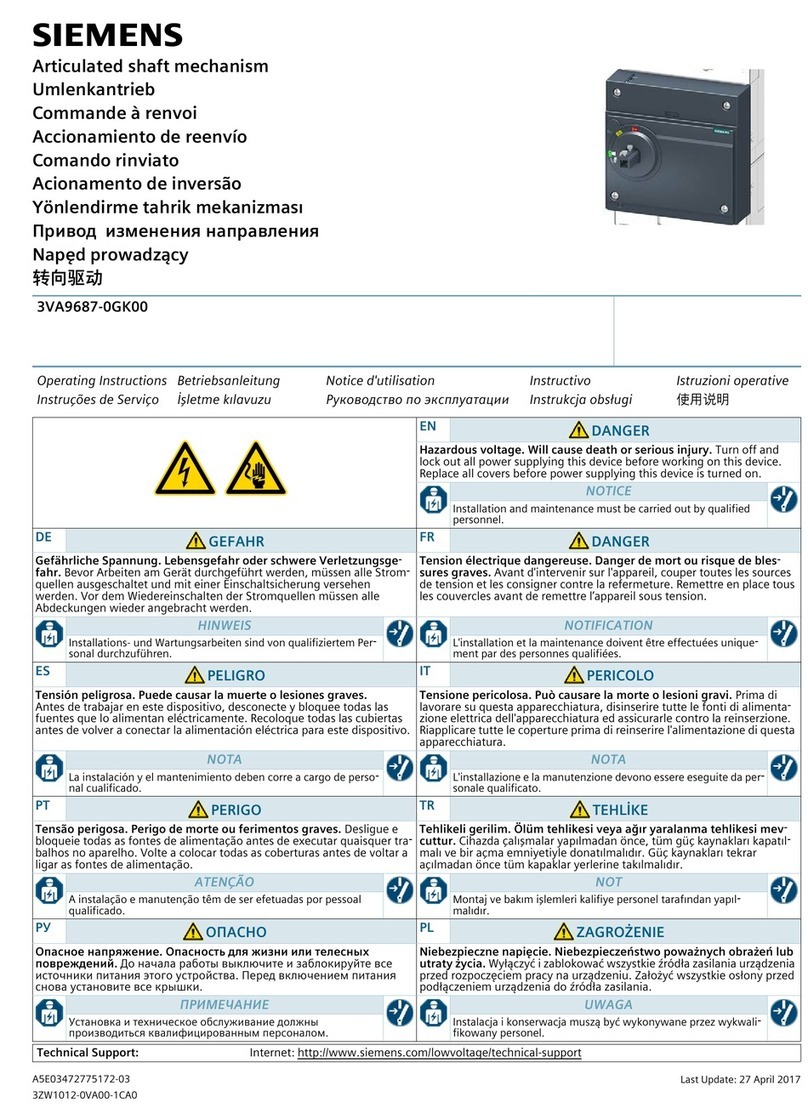
Siemens
Siemens 3VA9687-0GK00 operating instructions
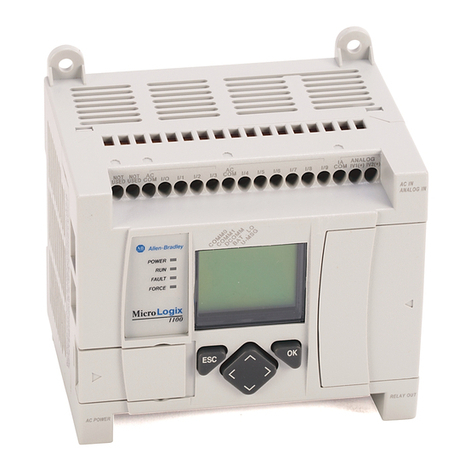
Rockwell Automation
Rockwell Automation Allen-Bradley MicroLogix 1100 quick start

Siemens
Siemens SIRIUS 3RT126 A/N Series Original operating instructions
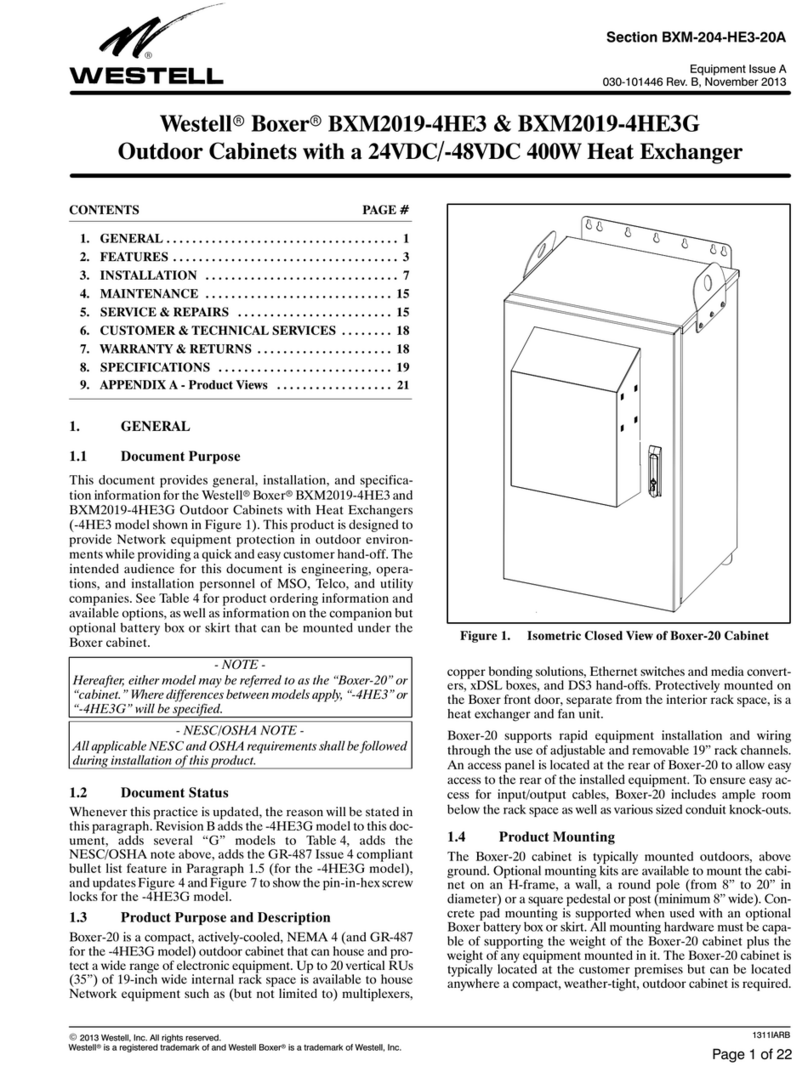
Westell
Westell Boxer BXM2019-4HE3 manual

Curtiss-Wright
Curtiss-Wright POP-A-PLUG SYSTEM operating instructions

Sav
Sav SAV 220.76 operating instructions
